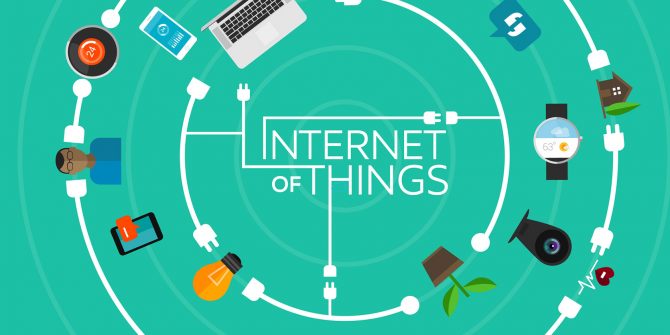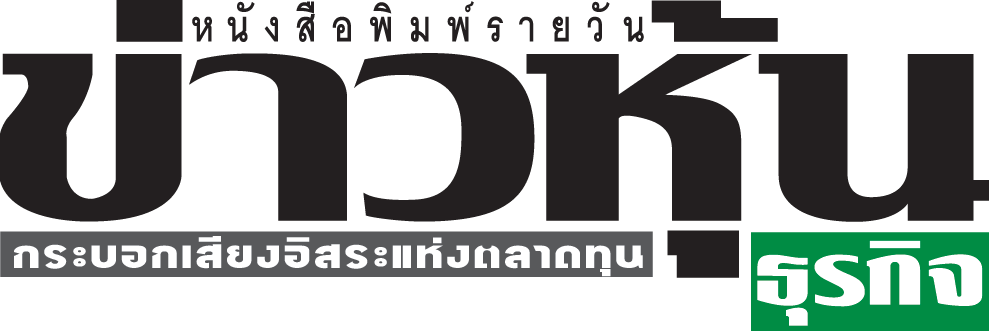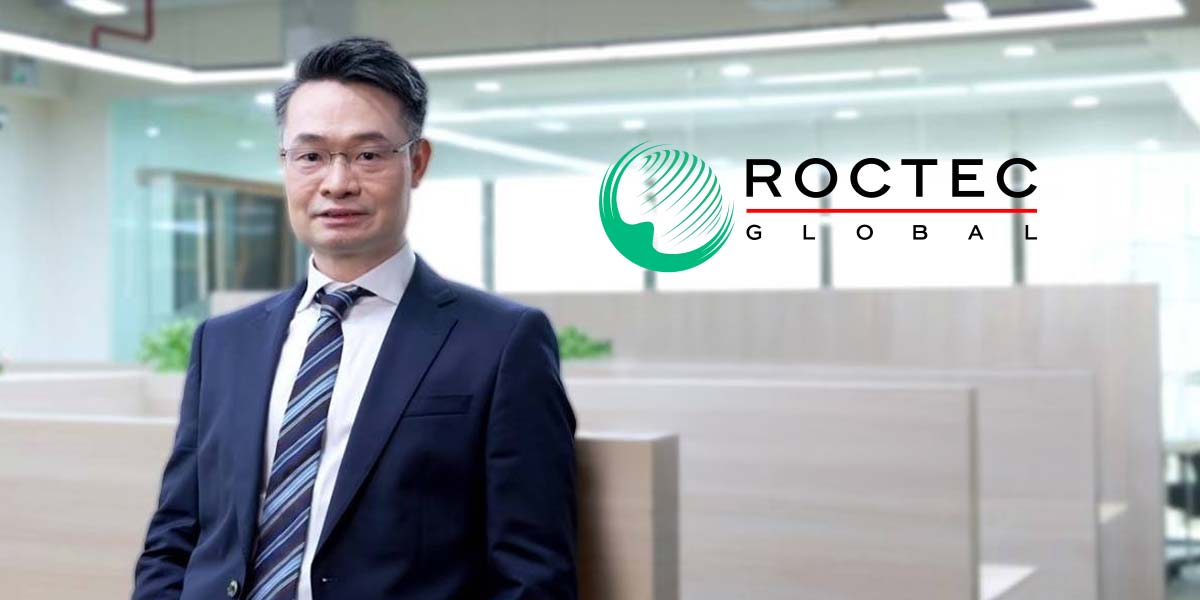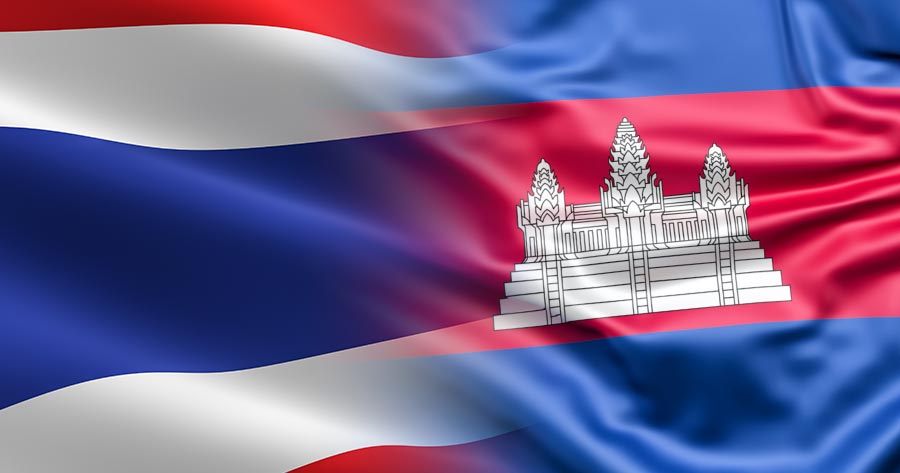
What will the IoT look like
The Internet of Things. You’ve probably heard of it. If you’ve been to an innovation, and technology seminar, you’ve probably heard that it is the current game changer that will set up the global economic hierarchy of the near future. But, what does the IoT mean to the average person? Here are some samples of how everyday things will be like with the Internet of Things.
Techradar reports that by 2020 there could very well be 20 billion connected devices, and by 2022 the IoT investment landscape could be worth up to $1.2 trillion. Still, it’s not easy to just imagine a world where virtually every household utility is connected to cloud computerisation, and your mobile device (the term ‘smart’ just seems redundant and overused, and phone just doesn’t define the telecommunication and computerisation device that fits in your pocket anymore). So, what kind of devices will actually be connected?
Well, here’s something that you would use everyday, hopefully at least twice a day. Electric toothbrushes that lets you know which molars you need more time brushing on, and links to a video game to incentivize the younger consumers to brush more thoroughly. CNET reports on Kolibree when it was presented at CES 2018 early this year with an augmented reality app that connects to the front camera on your ‘smartphone’, and the possibly connecting the ‘smart’ toothbrush to a ‘smart’ mirror.
The IoT will not just galvanize the efficacy of consumer devices, it has the potential to even change the categorisation of devices that once was considered normal household products. The Verge reports Nokia decided to remove a function from their smart scale, the Pulse Wave Velocity tracking, a useful measure of arterial stiffness, because the function might cause the product to become more than just a “wellness device” according to certain FDA criterias. The Internet of Things doesn’t seem to be about making things easier.
In China, the IoT comes in the form of school uniforms that track student attendance, their whereabouts, and even whether they’re actually awake during class. According to reports by The Independent, “Eleven schools in the southwest province of Guizhou have introduced the uniforms, developed by local tech firm Guizhou Guanyu Technology”. Two microchips implanted on the shoulders of the uniforms can even provide access to make payments using additional facial or fingerprint recognition to confirm the purchases. Of course, there has been negative feedback from the Chinese public:
“Don’t children have human rights and privacy?”, a Weibo user said.
Questions of privacy, and human rights will most definitely shape what the IoT will look like. Will the face of the IoT be seen in an utopian complexion or a dystopian one? Well, hopefully that will be up to us, the people.


